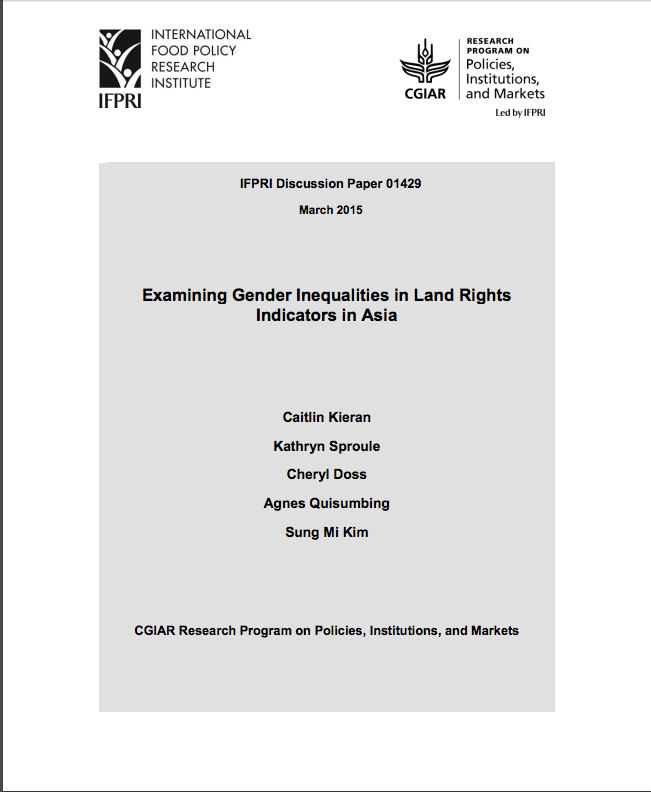Doing Business Economy Profile 2015 : Philippines
This economy profile for Doing Business
2015 presents the 11 Doing Business indicators for The
Philippines. To allow for useful comparison, the profile
also provides data for other selected economies (comparator
economies) for each indicator. Doing Business 2015 is the
12th edition in a series of annual reports measuring the
regulations that enhance business activity and those that
constrain it. Economies are ranked on their ease of doing




